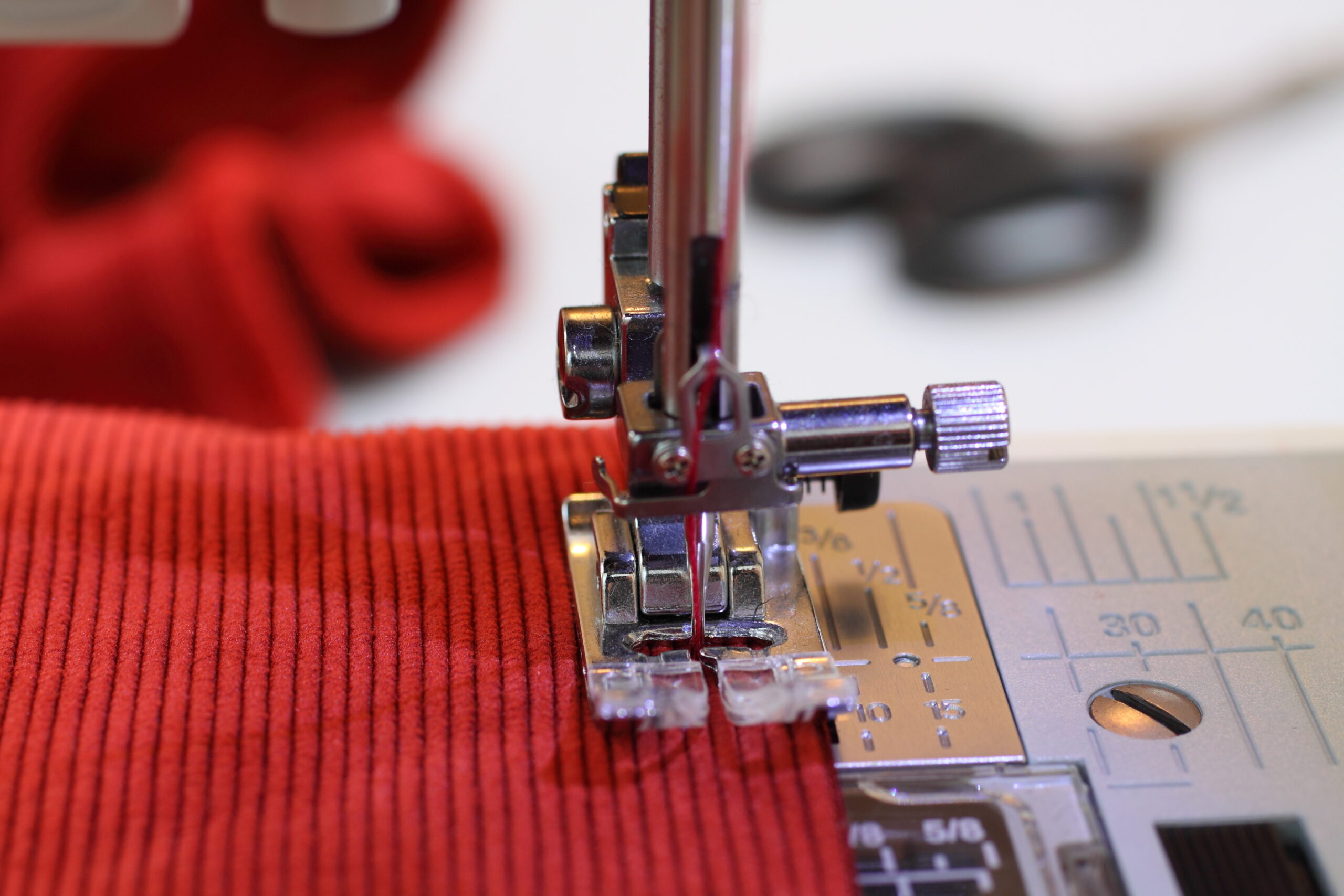 The industrial sewing industry, a sector that surpassed $3 billion in value in 2021, is on a steady growth trajectory. The fusion of traditional craftsmanship and modern automation technologies is knitting a new future for this sector.
The industrial sewing industry, a sector that surpassed $3 billion in value in 2021, is on a steady growth trajectory. The fusion of traditional craftsmanship and modern automation technologies is knitting a new future for this sector.
Despite these advancements, the industry faces a unique set of factory automation issues that must be addressed to enhance productivity, efficiency, and overall operational performance.
Lowering Labor
Intensity and Costs
Industrial sewing processes often require skilled labor and considerable manual effort. Automation can minimize this labor dependency, making tasks like fabric handling, stitching, cutting, and thread trimming more efficient. Implementing robotic sewing systems and automated workstations reduces labor costs, making manufacturers more competitive without compromising product quality.
Boosting Speed and Throughput
Balancing speed, throughput, and product quality is an ongoing challenge. High-speed sewing machines and computer-controlled stitching offer the solution, as they provide precise control, accelerate stitching cycles, and automate material handling. These advancements result in improved production rates, shorter lead times, and potentially lower costs.
 Ensuring Accuracy and
Ensuring Accuracy and
Consistency
Automated solutions like computerized sewing machines and programmable control systems maintain consistent quality by precisely controlling stitch length, depth, tension, and seam alignment. This consistency reduces defects and the associated costs of rework and rejection.
Streamlining Pattern Digitization and Transfer
Pattern digitization and digital pattern transfer to sewing machines can replace traditional paper patterns, reducing manual handling, enhancing accuracy, and facilitating faster production setup. Automated nesting simplifies this process, making it more efficient and less prone to errors.
Enhancing Material Handling and Feeding
Efficient material handling is crucial in an industry that works with a broad range of materials. Automated material cutting, feeding, and alignment systems optimize material usage, reduce waste, and enhance productivity. Robotic fabric handling and feeding systems enable seamless material flow, reducing the need for operator intervention.
 Optimizing Workflow and Scheduling
Optimizing Workflow and Scheduling
Efficient workflow management can maximize productivity and meet diverse customer demands. Automation systems integrating machine control, production monitoring, and workflow management software provide real-time visibility into machine status, production progress, and order tracking. This facilitates effective scheduling and better resource utilization, leading to higher customer satisfaction.
Bolstering Quality Control and Inspection
Maintaining consistent product quality and detecting defects are paramount. Vision inspection systems and automated defect detection algorithms can spot stitching errors, fabric defects, or inconsistencies in real time. These systems reduce the need for manual quality checks, minimize rework, and ensure adherence to quality standards.
Implementing Data Collection and Analysis
Collection and analysis of production data play crucial roles in process optimization, predictive maintenance, and quality control. Systems capturing machine performance, stitching data, defect rates, and throughput can identify bottlenecks, optimize settings, and provide data-driven insights for continuous improvement.
 Prioritizing Worker Safety and Ergonomics
Prioritizing Worker Safety and Ergonomics
Workplace safety is a key concern in an industry prone to repetitive motions and physical strain. Automation systems with ergonomic considerations, like adjustable workstations, automated material handling, and safety sensors, minimize operator fatigue and injury risks. User-friendly Human-Machine Interfaces (HMIs) and easy-to-understand graphical displays simplify operation and troubleshooting, improving overall job satisfaction and labor relations.
Addressing these factory automation issues involves collaboration between equipment manufacturers, automation experts, and sewing manufacturers. By leveraging advanced automation technologies, integrating systems, and optimizing workflows, manufacturers can stitch a promising future – marked by increased efficiency, productivity, product quality, and worker safety.
